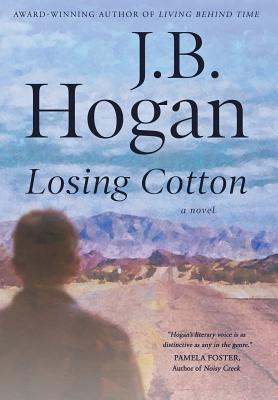American Graffiti meets The Last Picture Show
In the summer of 1963, the country is poised at a historical threshold. The lingering, slower pace of the 1950s still prevails in much of the land, but is beginning to give way to the upscale rhythms of the new decade. On the surface, the small southern California farm town of Cotton seems like a community caught in amber. Life rolls on slowly here, as it has for decades. But in this critical, history-altering year, the nation is on the cusp of a new era that will sweep across it - engulfing even little towns like Cotton with a new, often unsettling wave of unprecedented change. Yet Losing Cotton may not be an entirely bad thing. The older, more staid age must give way to a more flexible one as stagnant social patterns are replaced by more dynamic ones. It is a time of transition for the country, for Cotton, and for the people, white or of color, young or old, rich or poor who inhabit this small desert town and its environs. But they will, they must, make this transition. Time waits for no one, for no place. But like most everyone lucky or unlucky enough to live it, they have to try and find a way to come out the other side. Life goes on for the living whether they like it or not. It's a matter of fact and not of choice. The future is what each of us chooses to make it.
